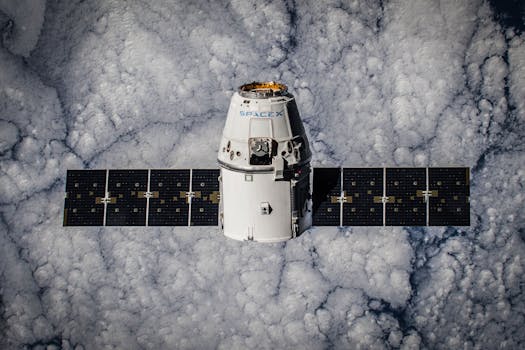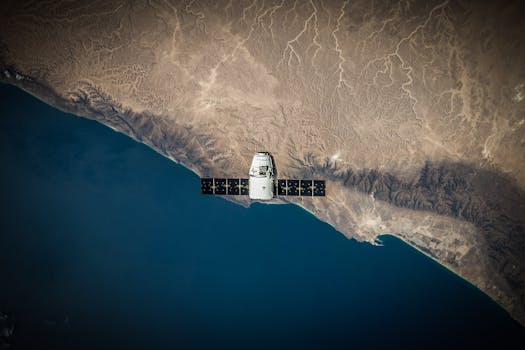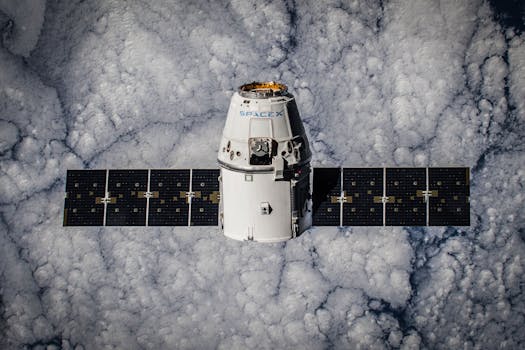
Breaking Barriers: How Recent Developments are Transforming Satellite Communication
Satellite communication has come a long way since its inception, and recent developments are Satellite Communication transforming the industry in unprecedented ways. With the advent of new technologies and innovations, the possibilities for satellite communication are expanding rapidly. In this article, we will delve into the latest advancements and explore their impact on the future of communication.
Introduction to Satellite Communication

Satellite communication involves the use of artificial satellites to transmit signals from one point to another. This technology has been around for decades and has played a crucial role in global communication, navigation, and weather forecasting. However, traditional satellite communication systems have limitations, such as high latency, limited bandwidth, and high costs. Recent developments are addressing these challenges and paving the way for a new era of satellite communication.
Recent Developments in Satellite Communication

Several recent developments are transforming the satellite communication industry. One of the most significant advancements is the launch of low-earth orbit (LEO) satellites. LEO satellites orbit the earth at an altitude of around 160-2,000 kilometers, which is much lower than traditional geostationary satellites. This lower altitude reduces latency and increases bandwidth, making LEO satellites ideal for real-time communication applications. Companies like SpaceX, OneWeb, and Amazon’s Kuiper Systems are leading the charge in LEO satellite technology.
Another significant development is the use of phased array antennas in satellite communication. Phased array antennas use multiple small antennas to steer and shape the beam, allowing for more precise and efficient communication. This technology is enabling the development of smaller, lighter, and more cost-effective satellites. Additionally, phased array antennas are improving the performance of satellite communication systems, enabling higher data rates and better signal quality.
Impact of Recent Developments on the Future of Communication

The recent developments in satellite communication are having a profound impact on the future of communication. With the advent of LEO satellites and phased array antennas, satellite communication is becoming more accessible, affordable, and efficient. This is enabling a wide range of applications, from broadband internet access to IoT connectivity and 5G networks. Satellite communication is also playing a critical role in disaster response and recovery, providing connectivity in areas where traditional communication infrastructure is damaged or destroyed.
The future of satellite communication is exciting and full of possibilities. As technology continues to advance, we can expect to see even more innovative applications of satellite communication. From providing connectivity to remote and underserved communities to enabling new scientific discoveries, satellite communication is transforming the world in profound ways.
Conclusion

In conclusion, recent developments in satellite communication are breaking barriers and transforming the industry. The launch of LEO satellites, the use of phased array antennas, and other advancements are improving the performance, efficiency, and cost-effectiveness of satellite communication systems. As the industry continues to evolve, we can expect to see even more innovative applications of satellite communication, enabling new possibilities for global connectivity and communication.
See more:





